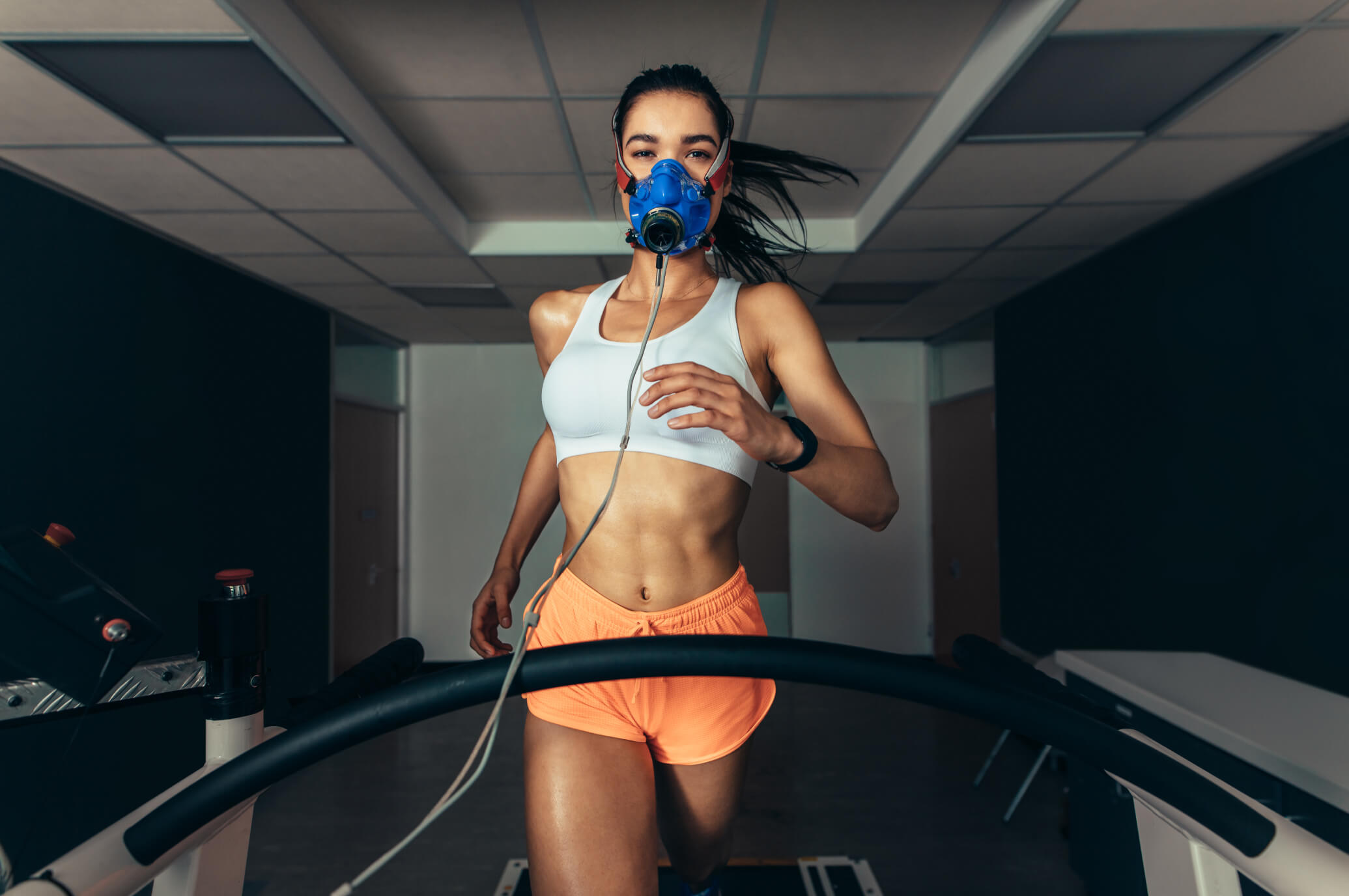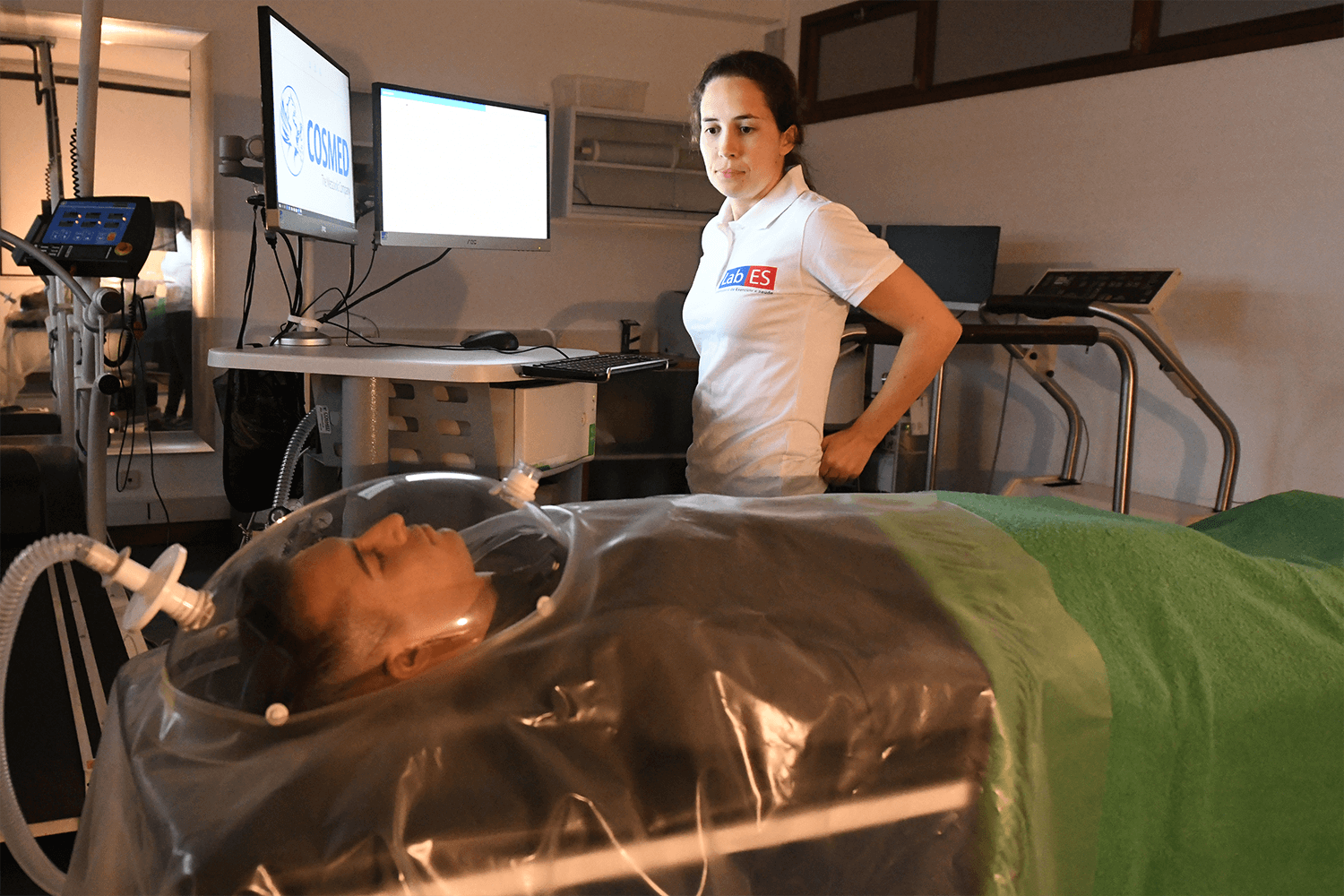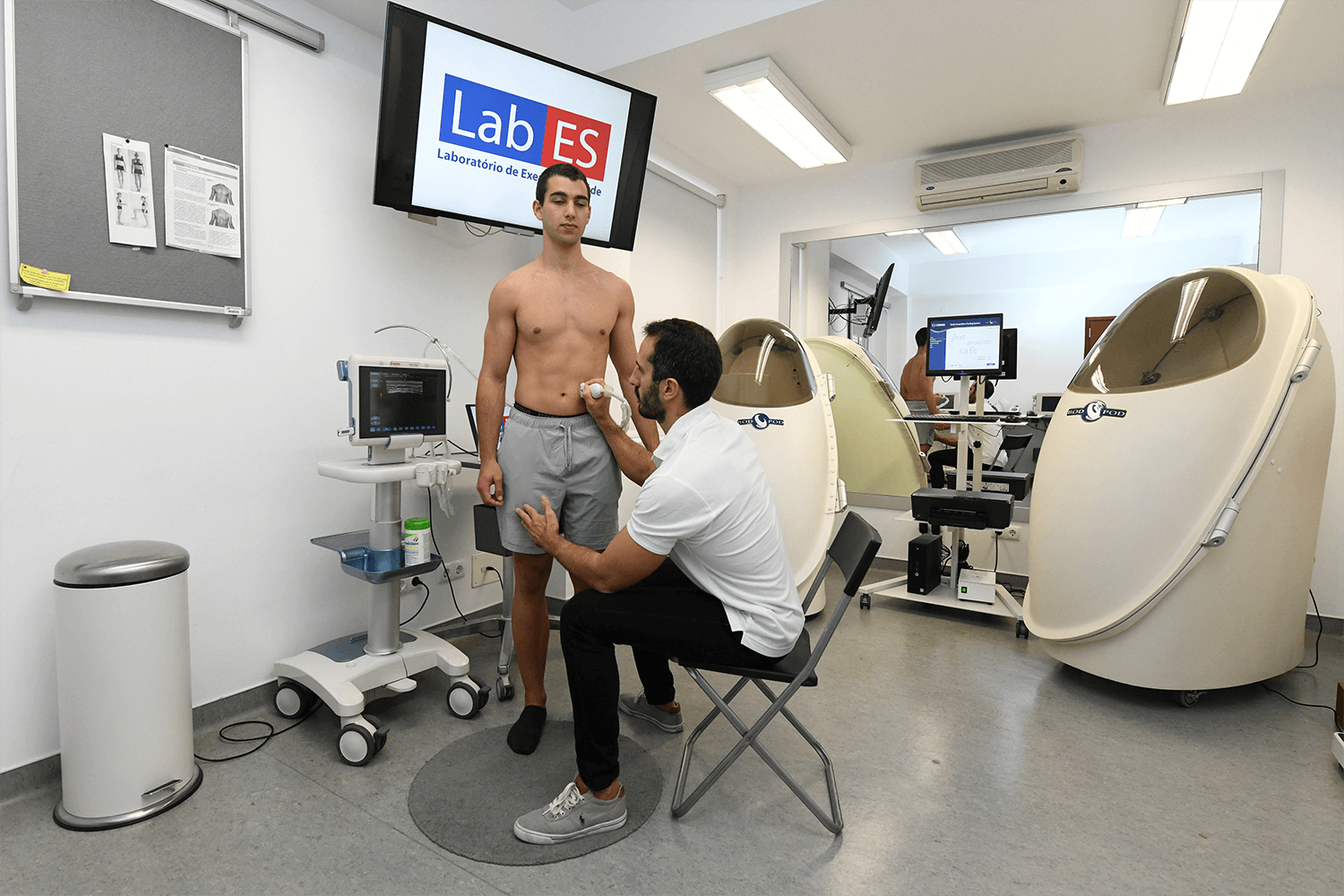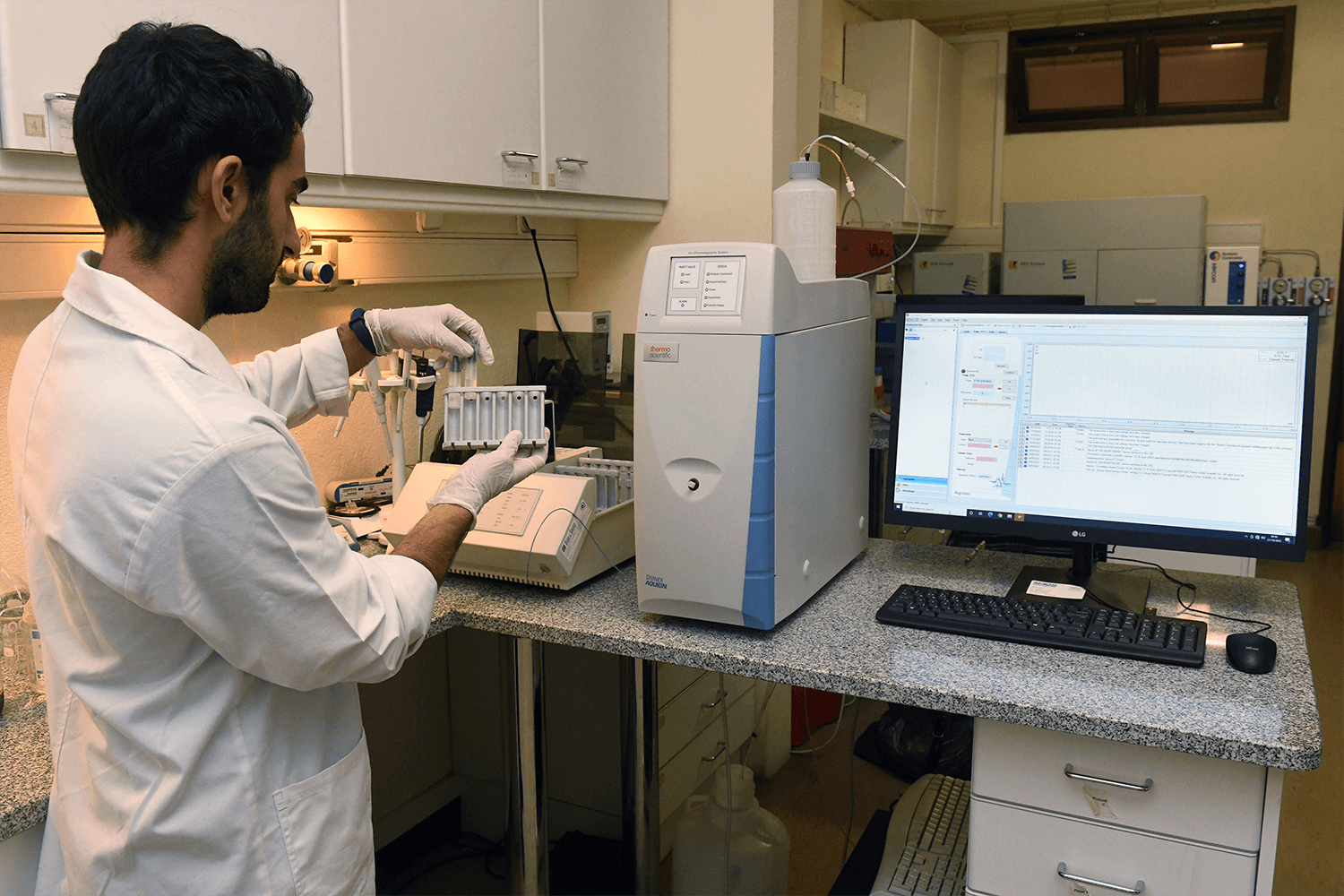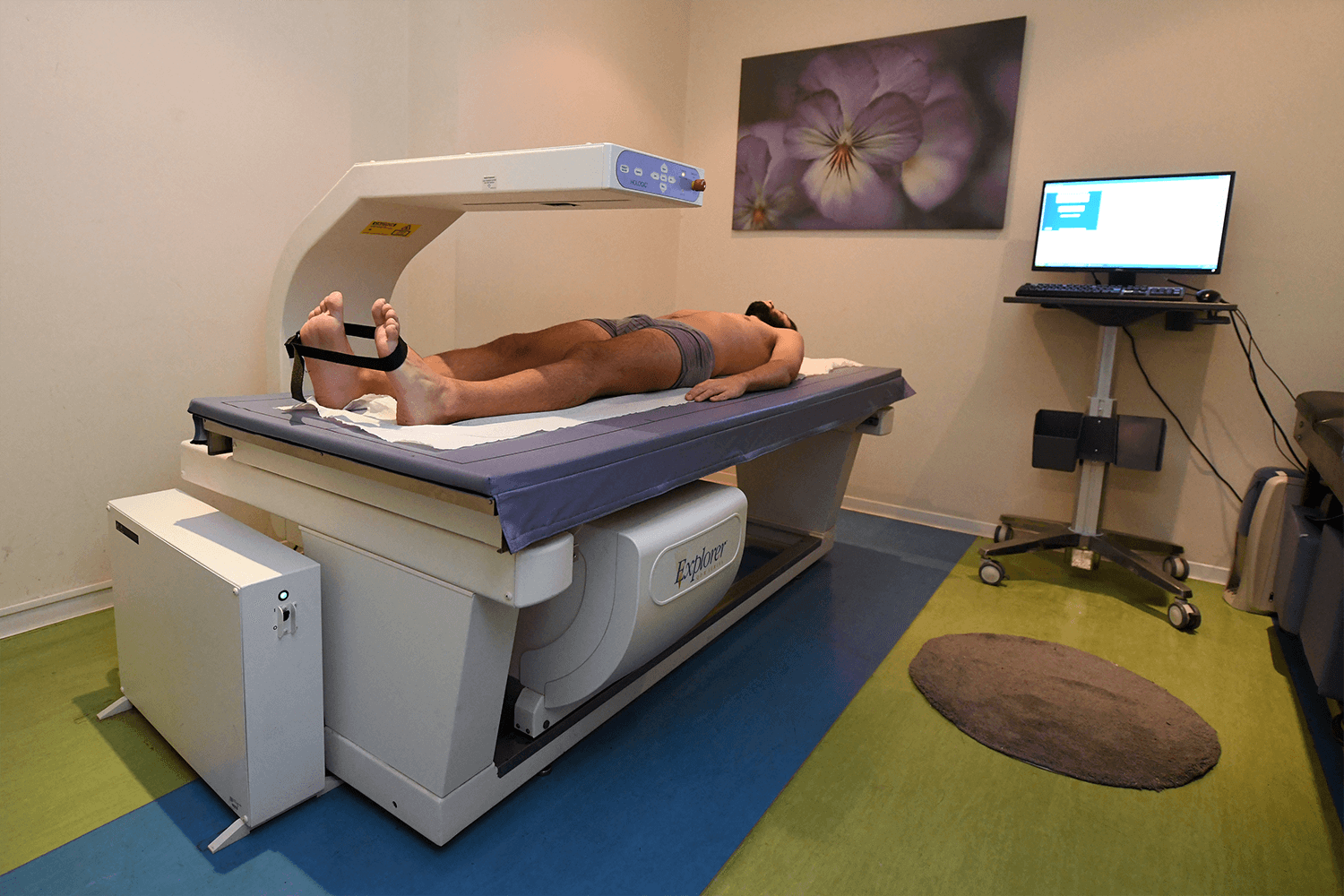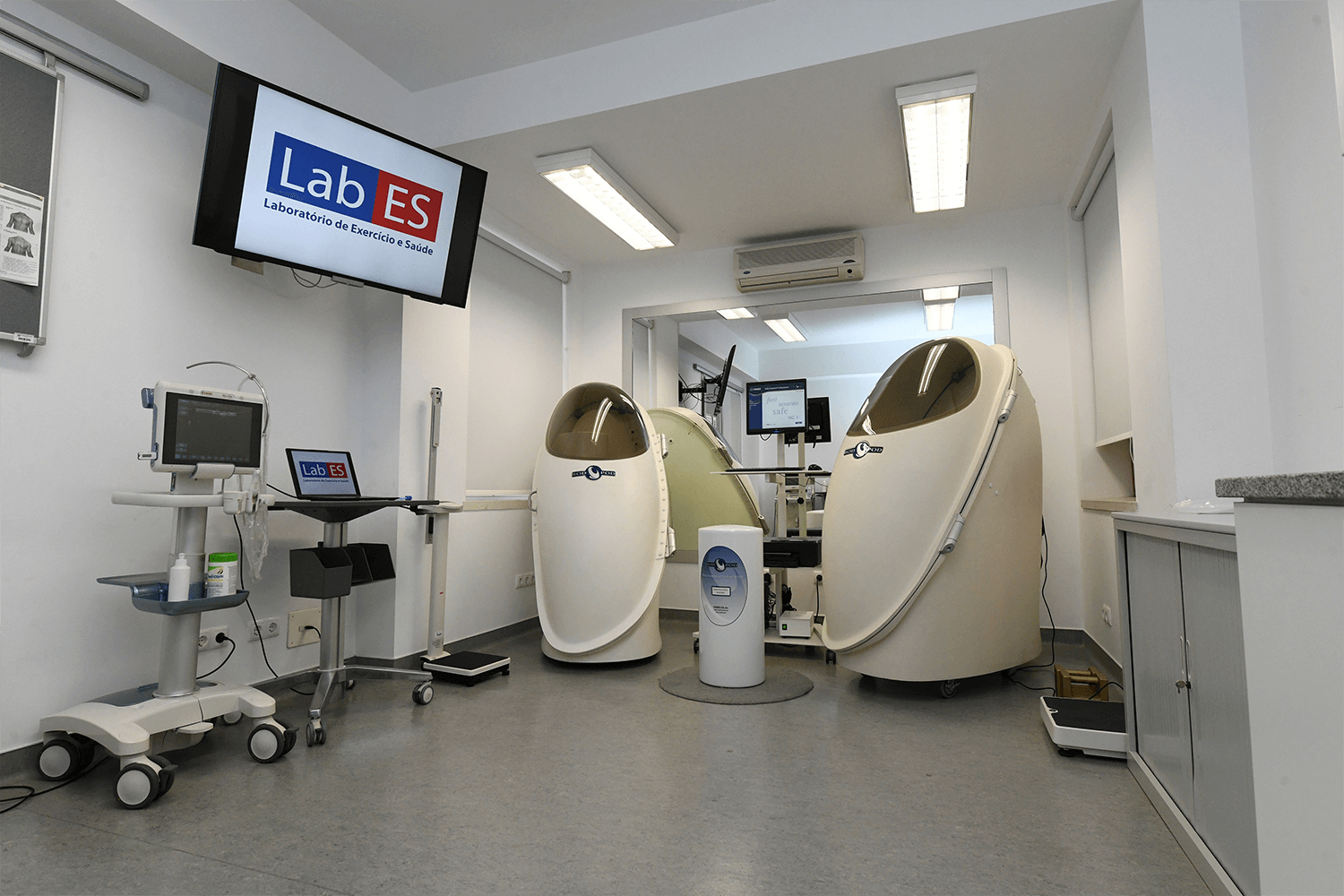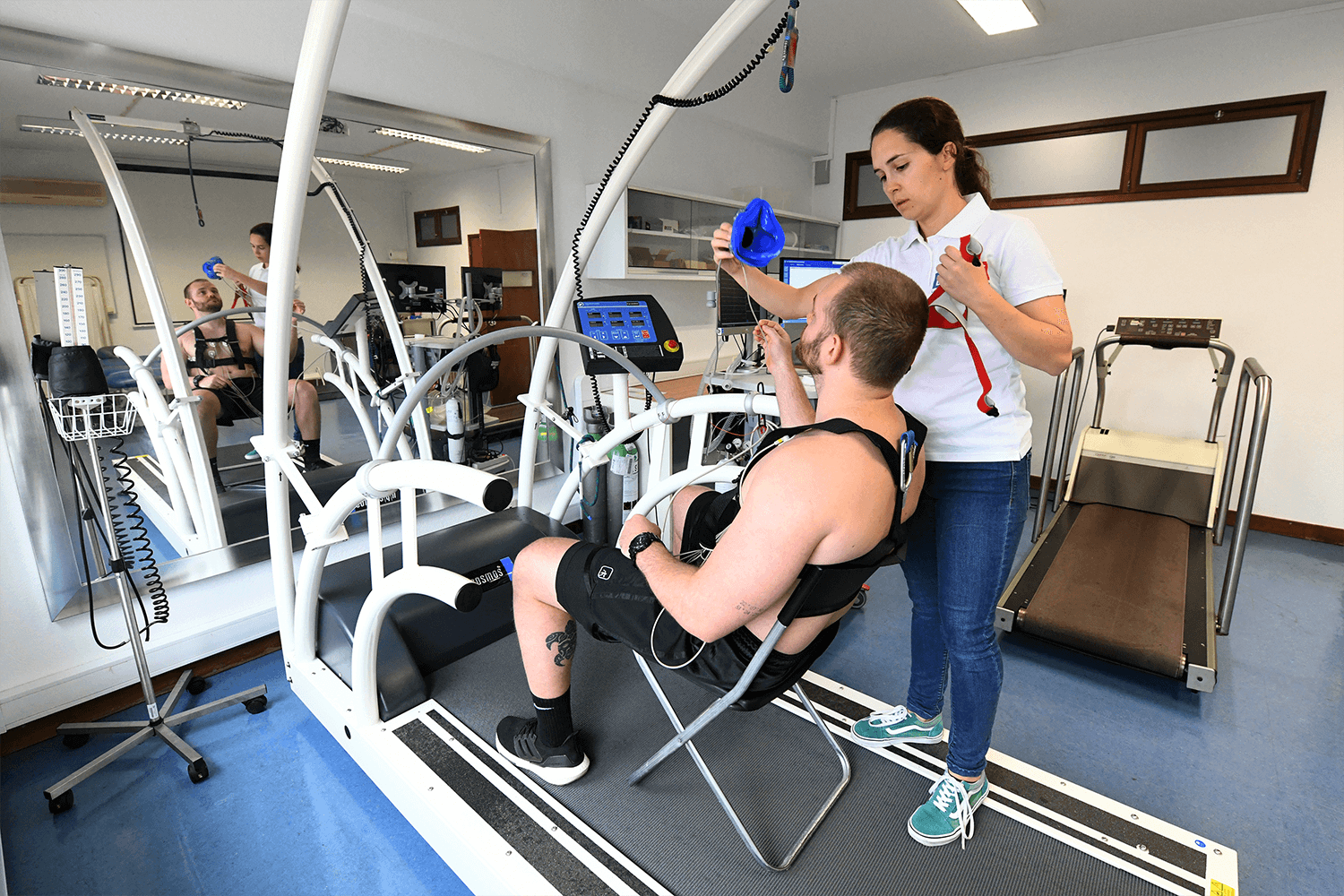Artigos
A moderate dose of caffeine ingestion does not change energy expenditure but decreases sleep time in physically active males: a double-blind randomized controlled trial
Judice, P. B., Magalhaes, J. P., Santos, D. A., Matias, C. N., Carita, A. I., Armada-Da-Silva, P. A., Sardinha, L. B., & Silva, A. M. (2013). A moderate dose of caffeine ingestion does not change energy expenditure but decreases sleep time in physically active males: a double-blind randomized controlled trial. Applied physiology, nutrition, and metabolism = Physiologie appliquee, nutrition et metabolisme, 38(1), 49-56. doi: 10.1139/apnm-2012-0145.
Caffeine intake, short bouts of physical activity, and energy expenditure: a double-blind randomized crossover trial
Judice, P. B., Matias, C. N., Santos, D. A., Magalhaes, J. P., Hamilton, M. T., Sardinha, L. B., & Silva, A. M. (2013). Caffeine intake, short bouts of physical activity, and energy expenditure: a double-blind randomized crossover trial. PloS one, 8(7), e68936. doi: 10.1371/journal.pone.0068936.
Femoral neck bone adaptation to weight-bearing physical activity by computational analysis
Machado, M. M., Fernandes, P. R., Cardadeiro, G., & Baptista, F. (2013). Femoral neck bone adaptation to weight-bearing physical activity by computational analysis. Journal of biomechanics, 46(13), 2179-2185. doi: 10.1016/j.jbiomech.2013.06.031.
Is bioelectrical impedance spectroscopy accurate in estimating total body water and its compartments in elite athletes?
Matias, C. N., Santos, D. A., Goncalves, E. M., Fields, D. A., Sardinha, L. B., & Silva, A. M. (2013). Is bioelectrical impedance spectroscopy accurate in estimating total body water and its compartments in elite athletes?. Annals of human biology, 40(2), 152-156. doi: 10.3109/03014460.2012.750684.
Sedentary Behaviour, Physical Activity, Physical Fitness and Subclinical Atherosclerosis in 11-12 Years-old Children
Melo, X., Santa-Clara, H., Martins, S. S., Minderico, C. S., Fernhall, B., & Sardinha, L. B. (2013). Sedentary Behaviour, Physical Activity, Physical Fitness and Subclinical Atherosclerosis in 11-12 Years-old Children. Cardiotechnix: Proceedings of the International Congress on Cardiovascular Technologies, 22-26.
Lower limb body composition is associated to knee passive extension torque-angle response
Neto, T., Freitas, S., Vaz, J., Silva, A. M., Mil-Homens, P., & Carita, A. I. (2013). Lower limb body composition is associated to knee passive extension torque-angle response. SpringerPlus, 2, 403. doi: 10.1186/2193-1801-2-403.
Men older than 50 yrs are more likely to fall than women under similar conditions of health, body composition, and balance
Pereira, C. L., Baptista, F., & Infante, P. (2013). Men older than 50 yrs are more likely to fall than women under similar conditions of health, body composition, and balance. American journal of physical medicine & rehabilitation, 92(12), 1095-1103. doi: 10.1097/PHM.0b013e31829b49eb.
Body fat responses to a 1-year combined exercise training program in male coronary artery disease patients
Pimenta, N. M., Santa-Clara, H., Sardinha, L. B., & Fernhall, B. (2013). Body fat responses to a 1-year combined exercise training program in male coronary artery disease patients. Obesity, 21(4), 723-730. doi: 10.1002/oby.20273.
Body composition in taller individuals using DXA: A validation study for athletic and non-athletic populations
302. Santos, D. A., Gobbo, L. A., Matias, C. N., Petroski, E. L., Goncalves, E. M., Cyrino, E. S., Minderico, C. S., Sardinha, L. B., & Silva, A. M. (2013). Body composition in taller individuals using DXA: A validation study for athletic and non-athletic populations. Journal of sports sciences, 31(4), 405-413. doi: 10.1080/02640414.2012.734918.
A PRISMA-driven systematic review of predictive equations for assessing fat and fat-free mass in healthy children and adolescents using multicomponent molecular models as the reference method
Silva, A. M., Fields, D. A., & Sardinha, L. B. (2013). A PRISMA-driven systematic review of predictive equations for assessing fat and fat-free mass in healthy children and adolescents using multicomponent molecular models as the reference method. Journal of obesity, 2013, 148696. doi: 10.1155/2013/148696.


